Is Zelda: Tears of the Kingdom’s weapon durability secretly one of the game’s best features?
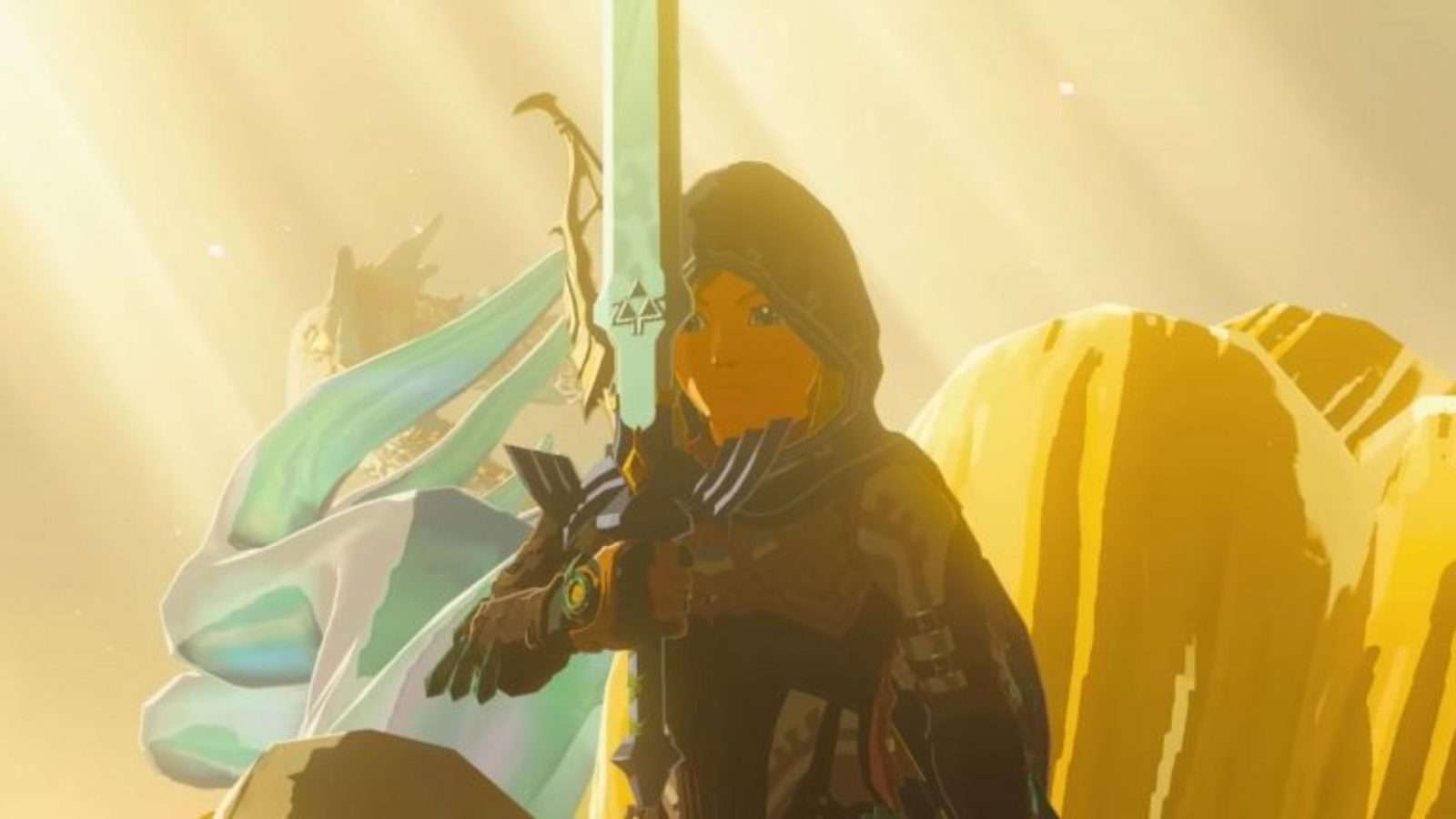 Nintendo
NintendoThe Legend of Zelda: Tears of the Kingdom sees the return of one of its predecessor’s most controversial mechanics – weapon durability. We break down the pros and cons of weapon durability and whether or not it has any place in the game.
Zelda: Breath of the Wild is regarded as a masterpiece in almost every way. The series’ first venture into a truly open-world experience reaped a ton of benefits, and Zelda: Tears of the Kingdom follows in its footsteps. We’ve labeled the sequel as an “unforgettable adventure” in our review and Nintendo is smashing it out of the park with Zelda — what else is new?
One thing that isn’t new, though, is weapon durability. A gameplay mechanic that sees Link’s weapons degrade after continual use. Some end up being sturdier than others, but eventually, all succumb to wear and tear and eventually break.
It’s fair to say that the news of weapon durability returning in the game received a mixed response. Just like Marmite, some love it, some hate it. To try and settle this debate once and for all, Andrew Highton and Olly Smith are here to argue their cases.
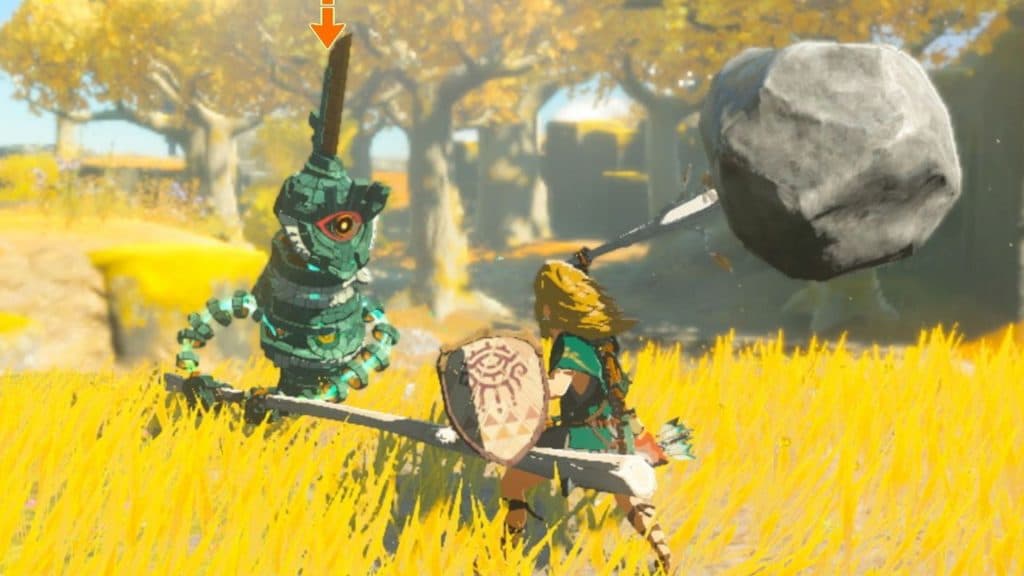 Nintendo
NintendoVariety is the spice of life
Contrary to what a lot of the internet thinks, I find Zelda’s new weapon durability system introduced in Breath of the Wild to be quite refreshing. Thinking carefully about which weapon to use for each combat encounter gives it a strategic edge. If I have a powerful mace that deals massive amounts of damage, I’m not going to waste it on a group of pesky, low-level Bokoblins.
Sometimes that can even push me into challenging situations. If I’m in a boss fight and my only strong weapon is about to break, I’m going to be thinking creatively about how to avoid becoming toast. Maybe I’ll use my abilities a bit more. Perhaps there’s an environmental hazard that I can exploit. If I’m consistently using new weapons with their own strengths and weaknesses, it helps Zelda’s combat to not feel as repetitive as something like Assassin’s Creed does. I’m not at risk of finding a god-tier weapon in the early hours and comfortably using it for the rest of the game – that just seems boring to me.
I like that it encourages me to explore the world more to find replacement weapons. There are practically hundreds of weapons in this game, and I still feel really excited about getting a new one as it means I get to switch up my tactics. When combined with Tears of the Kingdom’s new Fuse ability, the amount of variety added to the combat feels unparalleled to any other game I’ve played.
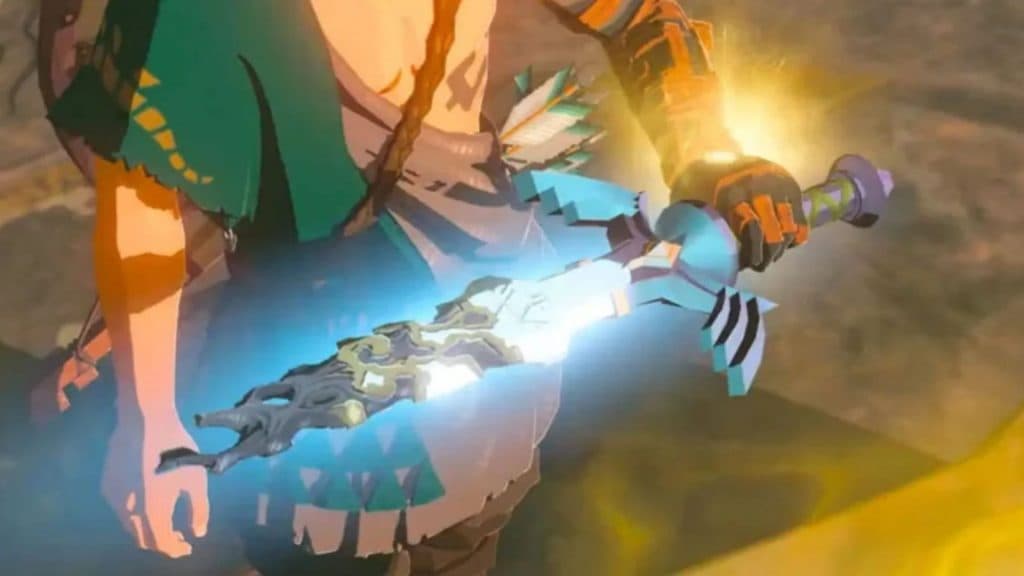 Nintendo
NintendoThis also helps with the non-linear nature of Breath of the Wild and Tears of the Kingdom. There doesn’t feel like there’s a specific path I need to follow, where the difficulty slowly ramps up as I progress along this set route. The challenge of each enemy encounter feels the same, no matter where you go, because it’s balanced around this resource management aspect rather than how strong your weapons actually are.
I like that it somehow feels like a fairer system than other open-world RPGs have. Games like Elden Ring might lock off certain late-game areas to you that feature impossibly tough enemies that you can only defeat by leveling up. But Zelda eliminates that problem by making it more about your skill at managing your current equipment.
Another big factor of this system we need to take into consideration is how it fits thematically with the story of these new Zelda games. Breath of the Wild and Tears of the Kingdom heavily explore the themes of decay and renewal. I believe that the game better commits to its themes by linking its gameplay with its plot to create a coherent narrative. Tying in Zelda’s weapon system to this is a perfect way of achieving that.
Still, whether you love or hate it, you have to admit the fact this debate still exists six years on shows how Nintendo was right for including it. Some of the best games of all time are imperfect gems, and I’d rather have more triple-A games take risks on experimental gameplay design than play it safe and just copy current trends.
Words: Olly Smith
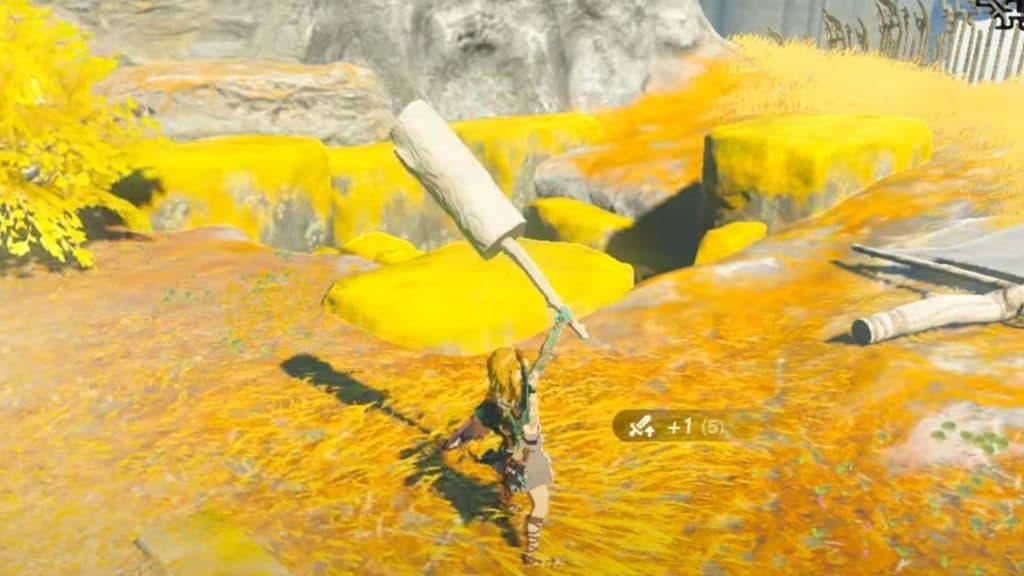 Nintendo
NintendoIf it ain’t broke… it will still break
When a memorabilia hoarder leaves an expensive collectible on a shelf for years, more often than not, it’s for the item in question to retain or increase its value. If you leave a weapon in Zelda: Tears of the Kingdom, it’s not because you like looking at it, it’s because you don’t want your mega-powerful weapon to break after slapping an enemy with it a handful of times.
This is what I felt throughout Breath of the Wild, and it hasn’t changed in Tears of the Kingdom. I appreciate that recent Zelda games aren’t becoming enveloped in the concept of looting and making your inventory stacked with tons of pointless weapons you’ll never use. On the other hand, I’m constantly paranoid about breaking run-of-the-mill weapons with no special traits or attributes.
I actually find myself avoiding enemies to preserve my weapons. It’s not helped by the limited inventory space either. If you could carry 15-20 weapons from the get-go, then it would make the idea of having breakable weapons a lot more digestible.
Instead, upgrading your inventory is a long process, and you’ll be forced to keep your slots reserved for amazing weapons that you’ll save for bosses and mini-bosses, and have to juggle a tiny amount of space in the meantime.
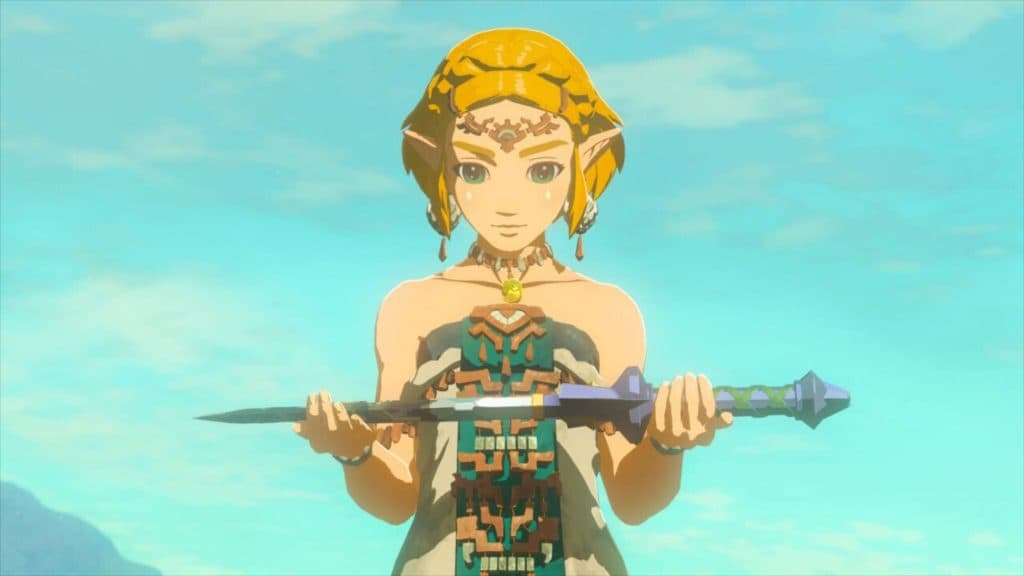 Nintendo
NintendoThe idea of weapon durability is a realism feature, but even swords don’t break as quickly as they do in Zelda: Tears of the Kingdom. I expect a twig to snap in a few hits, but not a fit-for-war Claymore. It renders exploration a bit moot at times as well. Completing a tricky well or cave can reward you with a pretty solid weapon – but chances are you’ve just destroyed your other weapons to get it.
I agree that the inclusion of new abilities such as Fuse has added a dramatic new flavor to weapons and crafting. After all, who doesn’t love the visual of a Bokoblin arm protruding out of a Halberd to create the rangiest weapon to have ever existed? Only, this fun weapon will be gone quicker than Link’s stamina trying to scale a tree.
Can you find more weapons? Yes, but in a game that will likely already take players months to complete, it just ends up feeling like a chore. It discourages combat and exploration and generally feels like an unnecessary distraction from the wonders that Hyrule has to offer.
When Zelda: Tears of the Kingdom’s weapon durability is one of its few main criticisms, a repeated sentiment, then there’s clearly something not right. With Nintendo seemingly set on this open-world style of Zelda game moving forward, I’m crossing my fingers that a future sequel will be able to refine the weakest element of the formula.
Words: Andrew Highton